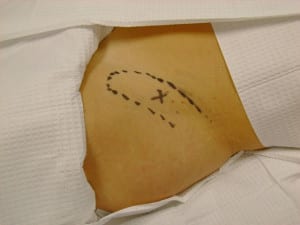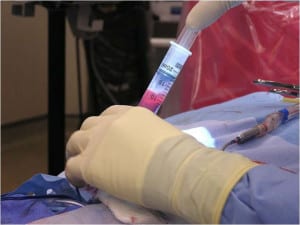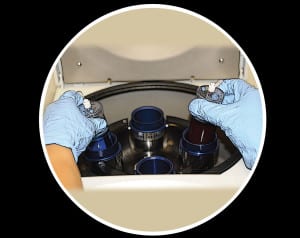Cell Transplant Therapy Reviewed
Placental derived and Adipose (Mesenchyme) derived Regenerative Cells Therapies are offered for a wide variety of musculoskeletal disorders, degenerative arthritis, and peripheral arterial related disease. Osteoarthritis is a degeneration or destructive wearing of the tissue that supports the joint. This tissue is called cartilage, and is there to protect the bone against trauma or damage from daily activities.
When the cartilage is worn away it leaves exposed bone which rubs against each other causing chronic pain and swelling. Osteoarthritis occurs most often in the knees, hips, back and hands. Stem cell injections can be used to treat acute injury or long term degenerative disease.
The procedure for harvesting autologous cells (cells that come from your own body) varies upon where the donor site comes from but is generally not overly painful, is done as an outpatient, and does not require any downtime. After the cells are harvested they are minimally manipulated and then injected back into a joint, muscle, tendon or ligament injury to provide support or help your body stimulate its own tissue repair process with the goals of reducing pain and improving function.
In the case of peripheral vascular disease wound healing can be accelerated and angiogenesis (new blood vessel growth) has been demonstrated. While placental derived cell therapies are easier to administer then autologous therapies as no harvesting is required, in general they are also less robust in their effectiveness.
Depending upon individual circumstance when done for the treatment of joint osteoarthritis in our hands 80% have enjoyed 50% or more relief while 50% have achieved 80% or more relief. Grafts can be repeated if necessary, however for many people only one treatment is required.


Fat, or adipose support cells is the most common harvest used at Piedmont Physical Medicine and Rehabilitation, PA. Fat cell liposuction is a excellent way to obtain supportive, medicinal signaling cells. Donor sites frequently include the abdominal wall, the buttock (below the iliac crest), and the love handles (above the iliac crest). Age and other risk factors help determine which donor site is best to harvest from. Fat cells are a great source of stem cells and growth factors for patients of all ages.
Harvesting adipose support cells are not the same thing as harvesting bone marrow cells, which usually occurs from the Iliac crest itself (with an approach from either the front or the back). Bone marrow is a great source for those 40 or younger but these cells do not provide the same supportive effects as adipose derived cells. These cells require minimal processing post harvest, such as centrifugation, to isolate and concentrate them.
Adipose derived structural support medicinal signaling cells are distinguished from other cell types because they can stimulate other cells within your own body to create a tissue engineering effect due to their endocrine attributes and they also can provide a volume enhancing, cushioning effect due to their natural characteristics. Examples of where these specialized cells can help include muscle, ligament, bone cartilage and blood vessels.


When placental derived therapy is used the steps involved in harvesting autologous cells are no longer needed. Under strictly controlled conditions set up by the FDA these tissue products are harvested, processed, and shipped to the Clinic. All you have to do is show up for the graft, which typically only involves an injection. While the impact of these products is generally less robust then autologous grafting, they are both less costly and easier to administer.
During the application of regenerative therapy products it is common to add a second injection of activating growth factors such as found in Platelet Rich Plasma (PRP) to the injury site. In so doing external signals from chemicals secreted by local cells, physical contact with neighboring cells, and certain molecules in the microenvironment influence tissue engineering to reduce pain and improve function.
With autologous cell therapy the “eureka” day often occurs at 21 days and the wound healing response has peaked by 30 days. For placental derived therapies results are usually self-evident after one month, but may also continue to express themselves for up to 90 days. In all cases full healing is usually expected within 6 months.
While there can be post procedural pain most people only need mild to moderate analgesics. At Piedmont Physical Medicine and Rehabilitation, PA we offer a full line of regenerative medicine treatments including proliferative injections, PRP, and structural support harvesting followed by application to the affected area. We view each patient individually and strive to use the right intervention for the right patient at the right time.





